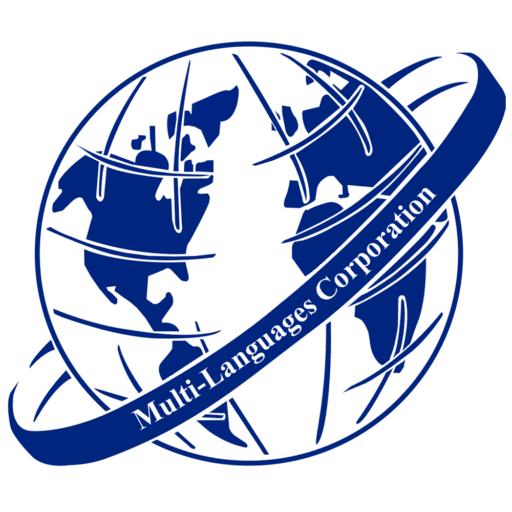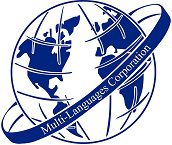ACCESSIBILITY SERVICES
ACCESSIBILITY SERVICES
High Quality Translation and Interpretation Services
Multi-Languages offers Accessibility Service
“Everyone has the right to access public information. If a person cannot access a public document because of a disability, they are being denied their right to access.”
Ontario is the first province and one of the first jurisdictions in the world to enact specific legislation establishing a goal and time-frame for accessibility. It is also the first jurisdiction to legislate accessibility reporting and to establish standards so people with disabilities can participate more actively in their communities.
This is how the government is making Ontario more accessible by 2025.
Barriers to accessibility are obstacles that make it difficult — sometimes impossible — for people with disabilities to do the things most of us take for granted, like shopping, working or taking public transit.
We assist your organization in meeting the accessibility requirements by providing services such as:
- Braille
- Voice over
- Large print design
- American Sign Language – ASL
- Specialized DTP
What do you need to know about accessibility?
What are alternate formats
Type of barriers to accessibility:
- Attitudinal
- Information or communications
- Organizational
- Architectural and physical
Source: Ontario Ministry of Economic Development, Employment & Infrastructure.
Some examples of Accessible / Alternate Formats:
Large Print Design: This helps people who have low vision. Large print materials should be prepared with a font (print) size that is 16 to 20 points or larger.
Braille: This is an alternative format for people who are blind or deafblind.
Audio format/ Voice Over: This is an alternative format for people with a vision, intellectual or developmental, or learning disability who are unable to read print.
Text Transcripts of visual and audio information: documentation created from audio files.
Captioning: use of subtitles to convey the message from a video.
Augmentative and alternative communication methods: picture boards, devices that speak out.
American Sign Language and Deaf Interpreting: interpreting services for Deaf individuals.
Specialized DTP: design of documentation in multiple formats utilizing accessibility features, i.e. a PDF document that is accessible for reading with software used by the blind population .
Multilingual translation and interpreting: making information available to populations that can’t communicate in either official language.
High Quality Translation and Interpretation Services
Multi-Languages offers Accessibility Service
“Everyone has the right to access public information. If a person cannot access a public document because of a disability, they are being denied their right to access.”
Ontario is the first province and one of the first jurisdictions in the world to enact specific legislation establishing a goal and time-frame for accessibility. It is also the first jurisdiction to legislate accessibility reporting and to establish standards so people with disabilities can participate more actively in their communities.
This is how the government is making Ontario more accessible by 2025.
Barriers to accessibility are obstacles that make it difficult — sometimes impossible — for people with disabilities to do the things most of us take for granted, like shopping, working or taking public transit.
We assist your organization in meeting the accessibility requirements by providing services such as:
- Braille
- Voice over
- Large print design
- American Sign Language – ASL
- Specialized DTP
What do you need to know about accessibility?
What are alternate formats
Type of barriers to accessibility:
- Attitudinal
- Information or communications
- Organizational
- Architectural and physical
Source: Ontario Ministry of Economic Development, Employment & Infrastructure.
Some examples of Accessible / Alternate Formats:
Large Print Design: This helps people who have low vision. Large print materials should be prepared with a font (print) size that is 16 to 20 points or larger.
Braille: This is an alternative format for people who are blind or deafblind.
Audio format/ Voice Over: This is an alternative format for people with a vision, intellectual or developmental, or learning disability who are unable to read print.
Text Transcripts of visual and audio information: documentation created from audio files.
Captioning: use of subtitles to convey the message from a video.
Augmentative and alternative communication methods: picture boards, devices that speak out.
American Sign Language and Deaf Interpreting: interpreting services for Deaf individuals.
Specialized DTP: design of documentation in multiple formats utilizing accessibility features, i.e. a PDF document that is accessible for reading with software used by the blind population .
Multilingual translation and interpreting: making information available to populations that can’t communicate in either official language.

